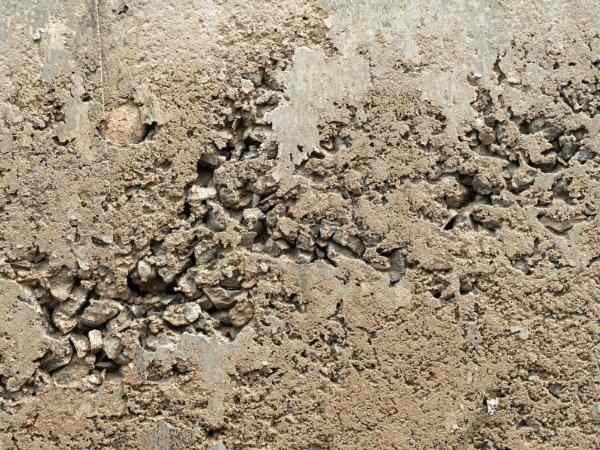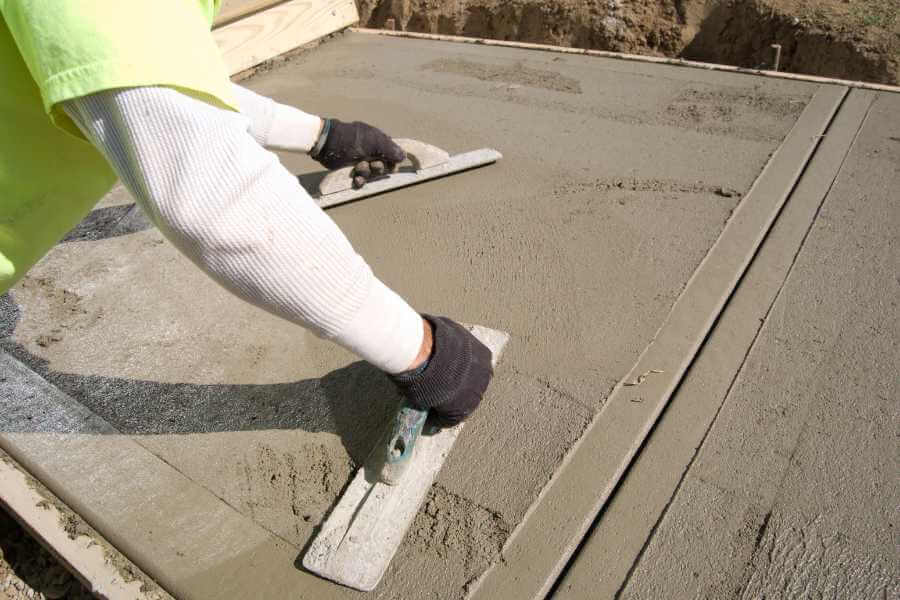Concrete serves as the foundation for countless structures worldwide. Its versatility and robustness make it the preferred material for various projects, from simple pathways to high-rise skyscrapers.
When it comes to concrete technology and control, two crucial processes often cause confusion among construction practitioners: curing and drying. So, what is the difference between them?
Concrete curing is typically associated with controlled processes that create and maintain optimal conditions for cement hydration reactions, which ensure strength. On the other hand, drying is a process through which concrete loses moisture (dehydration) to the environment and, eventually, becomes set.
It is also worth noting that curing is a long-term process; theoretically, concrete never stops curing. Conversely, concrete dries around 48-72 hours after placement (might vary according to weather conditions, mix used, etc.)
In this article will further explore the differences between these processes, give you a brief view on cement hydration process, and share some tips on how to manage and control concrete curing and drying.
Understanding Cement Hydration Processes
Before jumping into the differences between curing and drying, it is essential to understand the cement hydration process and how it occurs.
Cement hydration is a mix of chemical reactions between cement particles and water, ultimately leading to a solid and set structure.
High amounts of heat are released throughout these reactions, especially during the early days, and, according to this article, 50% of the heat is generated in the first three days and 80% in the first seven days.
As the temperature increases in the fresh concrete, water evaporates until the mix becomes set (“dry”). Therefore, it is essential to ensure that concrete has the right amount of water since:
- Too little water might hinder proper hydration processes, weakening concrete and other potential pathologies, such as cracking and honeycomb.
- Excess moisture can result in lower compressive strength, cracking, higher permeability, and other undesired effects, such as honeycombs.

Author’s Note: The proportion between cement and water in concrete mixes is commonly known as the water-cement ratio (WCR or W/C), which usually ranges from 0.4 to 0.8.
What is Concrete Curing?
Concrete curing is fundamental to ensure high-quality standards for your structure. It focuses on maintaining moisture and temperature levels within specified ranges to enable the hydration process to occur correctly.
Concrete curing is normally done by spraying water over fresh concrete every 4 hours for the first seven days, when circa 80% of the hydration heat has already been released, and hardening reactions occur slowly.
Other methods/tools for facilitating curing include:
- Use of curing accelerators
- Use of special covers to prevent moisture loss;
- Use of thermal curing;
- Use of special concrete mixes;
- Steam curing (typically used in pre-cast concrete)
Recommended Article: Can you Speed Up Concrete Curing? (How to Correctly do it!)
Even though curing occurs for the rest of its lifetime, it is well known that concrete reaches approximately 70% of its final compression strength seven days after mix and placement and from 90 to 99% of its compression strength within 28 days.
Time after concrete mix | Compression Strength |
7 days | Concrete expected to achieve ~70% of final strength |
28 days | Concrete expected to achieve ~90-99% of its final strength. |
What is Concrete Drying?
As detailed in the understanding cement hydration section, the initial cement-water reactions are extremely exothermal, increasing the mix temperature and making the excess water not used for hydration evaporate.
Consequently, concrete becomes set and “dry” with low workability. As common sense, concrete is dry when you can add water without changing its configuration or proportions between cement, water, aggregates.

As a rule of thumb, fresh mixes can take 48 to 72 hours to dry and be ready to bear light traffic, such as walking over it. However, a couple of factors might influence drying, such as:
- Local Temperature;
- Local Humidity;
- Exposure to wind;
- Use of admixtures;
For this reason, concrete drying is known as a short-term process.
It is essential to note that concrete dryness does not mean concrete is ready to bear heavy loading. As detailed in this research published in the Journal of Materials Research and Technology, early age loading can lead to:
- Increase the proportion of Mesopores and Macropores (linked to concrete cracking)
- Weakened strength
- Increase impermeability
Concrete Drying vs Concrete Curing - Comparison Summary
The table below highlights the main aspects of each process.
Aspect | Concrete Curing | Concrete Drying |
Definition | Controlled process to ensure optimal cement hydration | Process of moisture loss by the concrete mix |
Purpose | Enhances strength and durability | Prepares concrete surface for further treatment |
Duration | Continues throughout the concrete’s lifetime | Typically occurs within 48-72 hours, when concrete becomes set/dry |
Focus | Long-term performance enhancement (strength) | Surface readiness for subsequent work |
Main Characteristics | Curing facilitates and support cement-water chemical reactions through controlled watering, use of admixtures, and other initiatives, such as use of heated concrete blankets. | Initial hydration reactions generate are exothermal, releasing heat and making excess water evaporate making concrete become dry |
Conclusion
Whilst sometimes used interchangeably, curing and drying are different processes that happen to concrete, albeit directly linked with cement hydration processes.
Concrete curing is typically associated with efforts and actions taken by construction professionals to provide ideal conditions for cement hydration, including moisture and temperature control.
Concrete drying results from moisture loss arising from the cement hydration exothermal reactions, and it typically is finished within 72 hours after pouring. The released heat makes excess water evaporate from the mix, allowing the paste to reach the dry or set state.
The importance of controlling the amount of water in concrete mixes is reiterated, as its excess might lead to decreased strength, and, conversely, the excess of moisture can lead to increased porosity and permeability.













